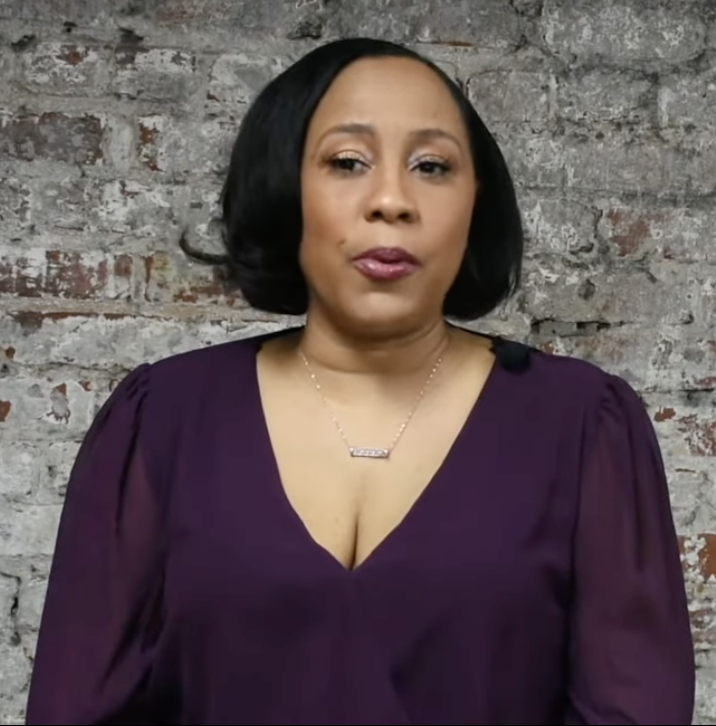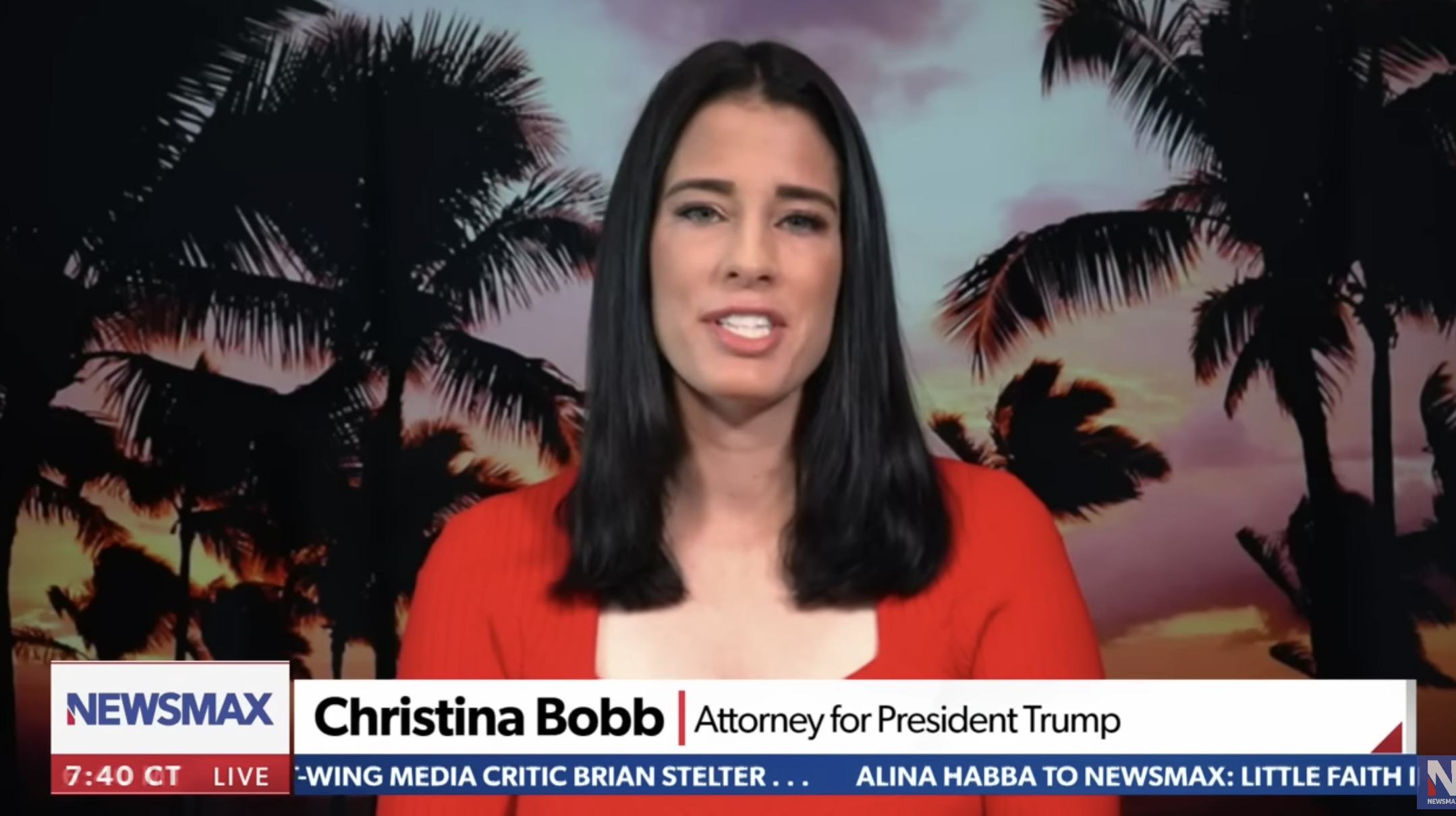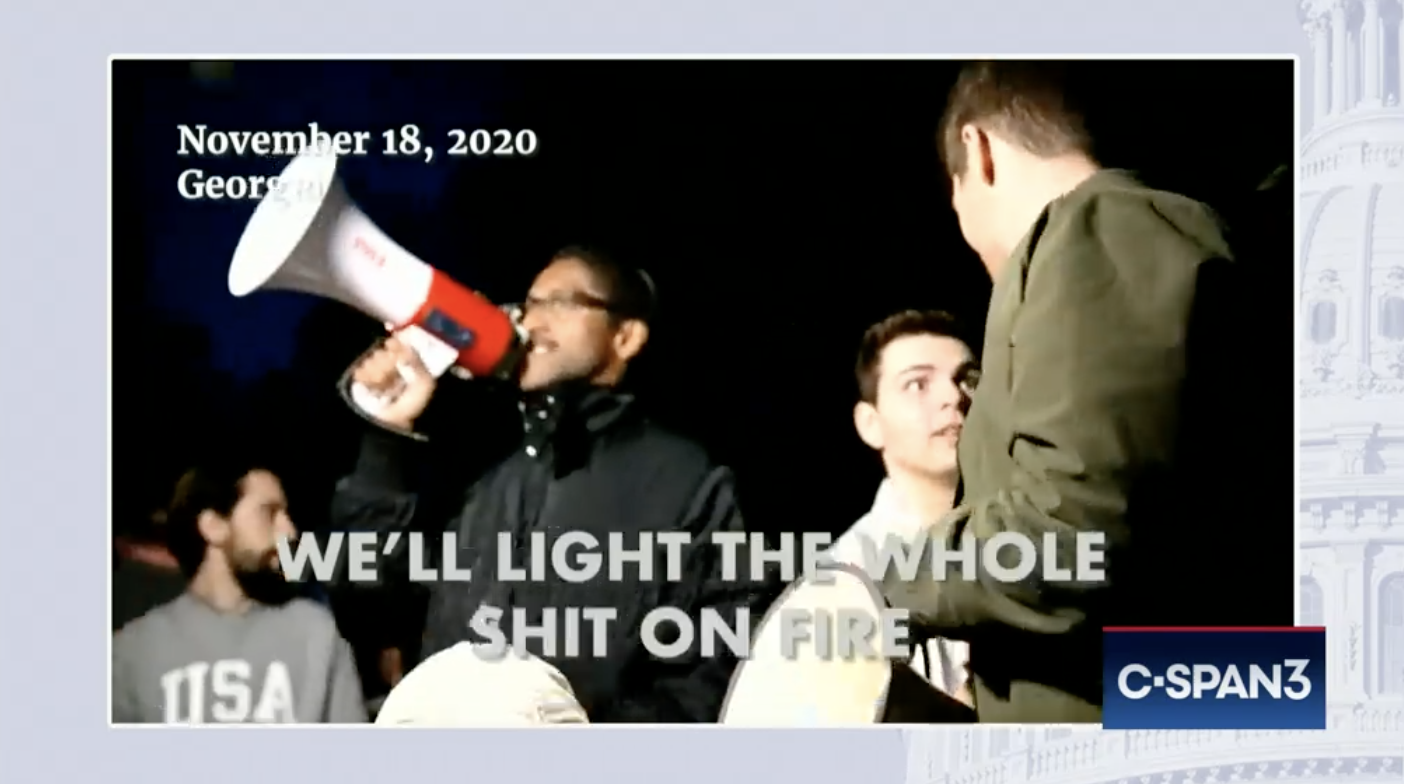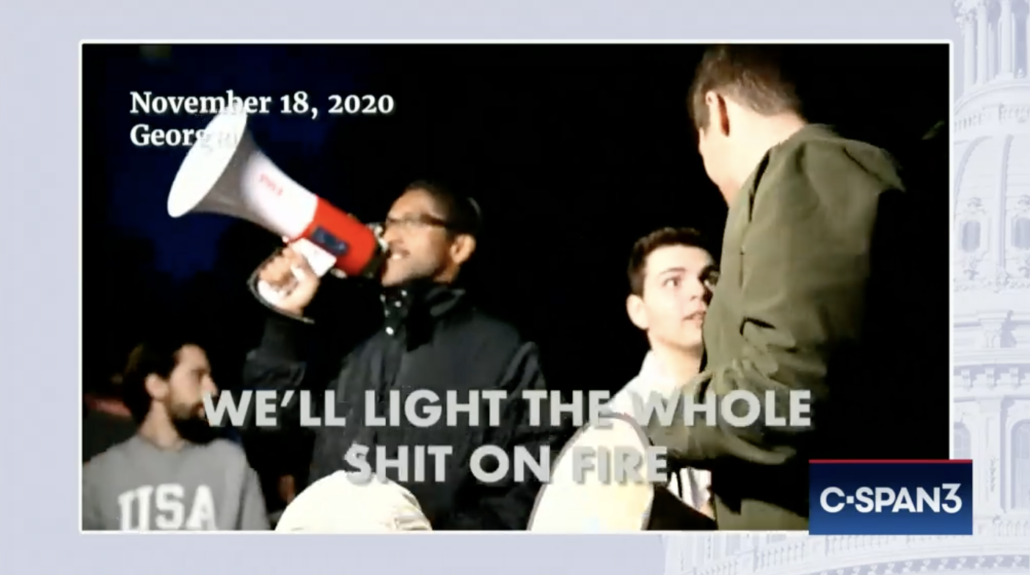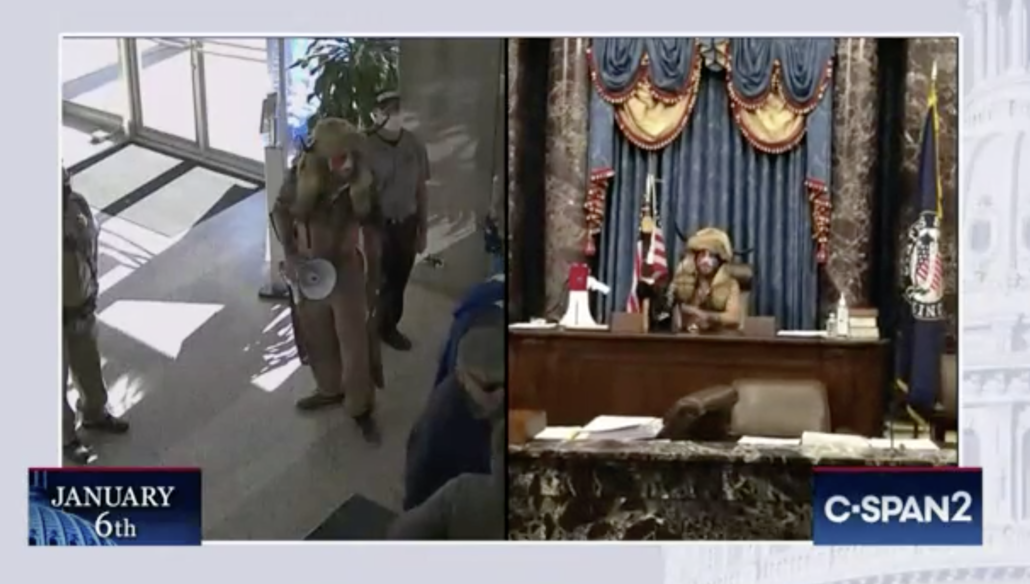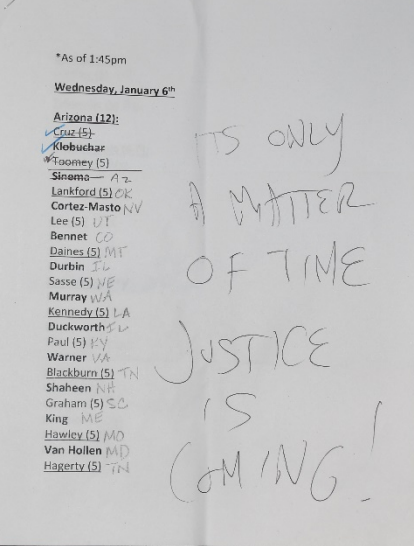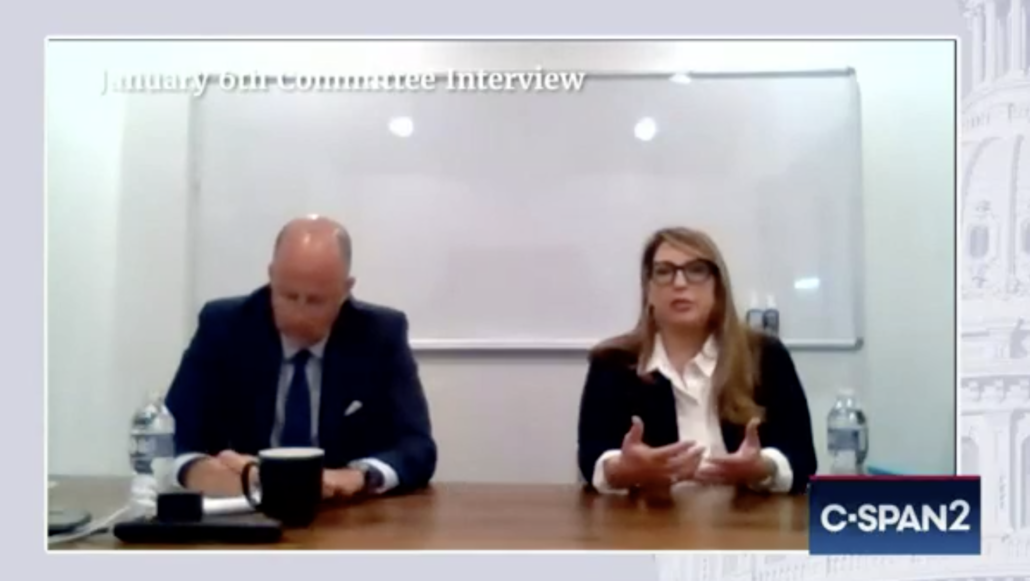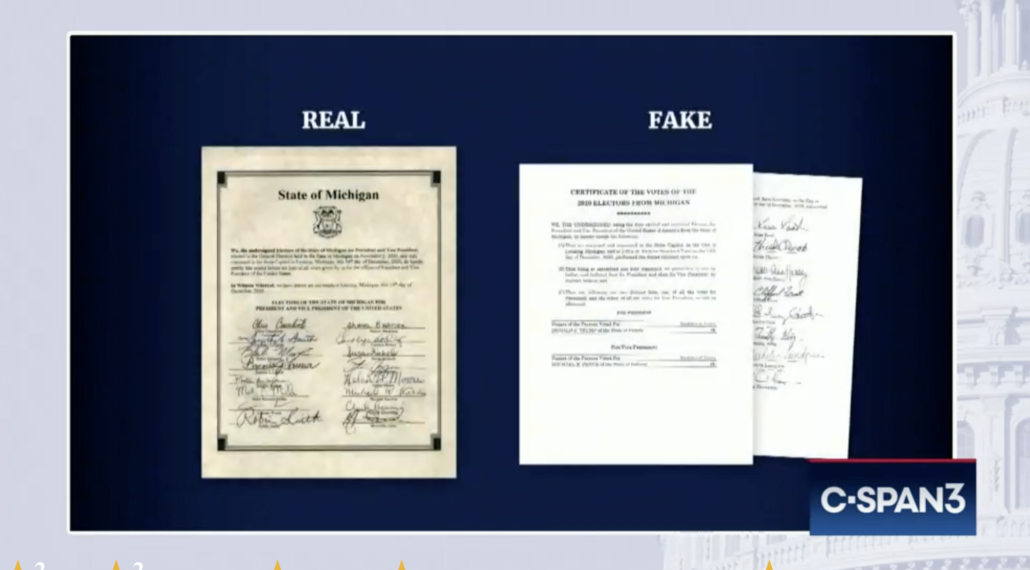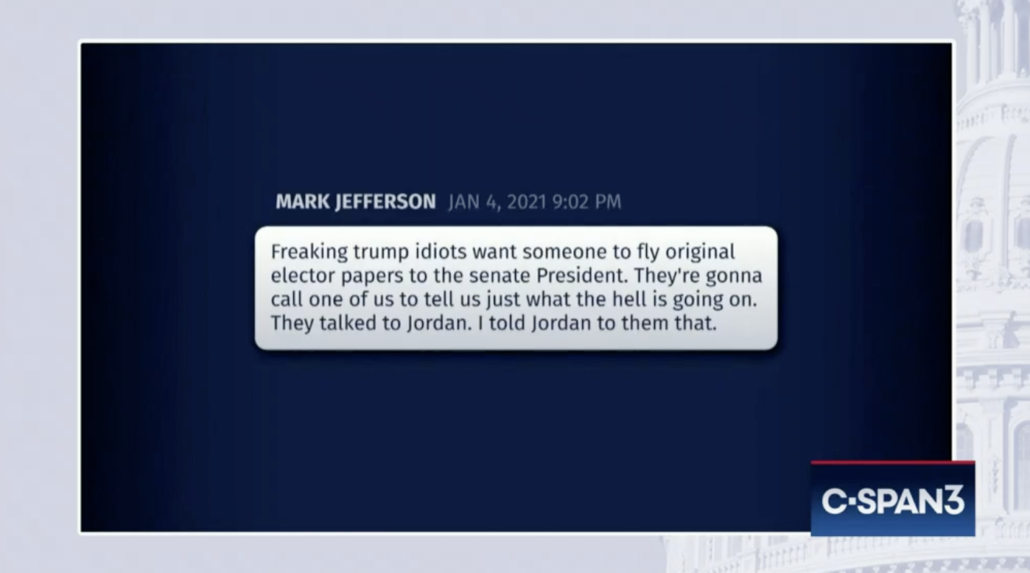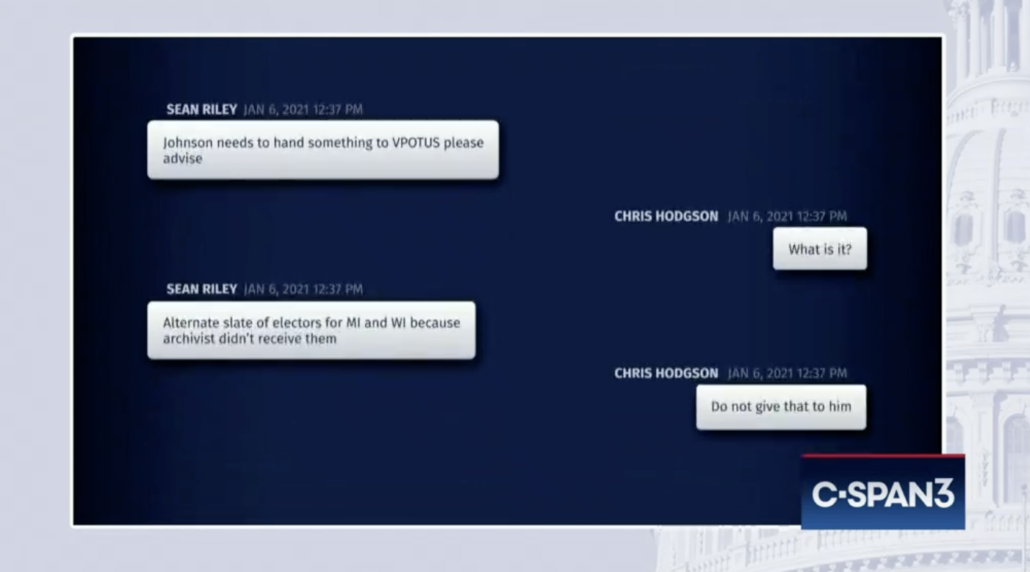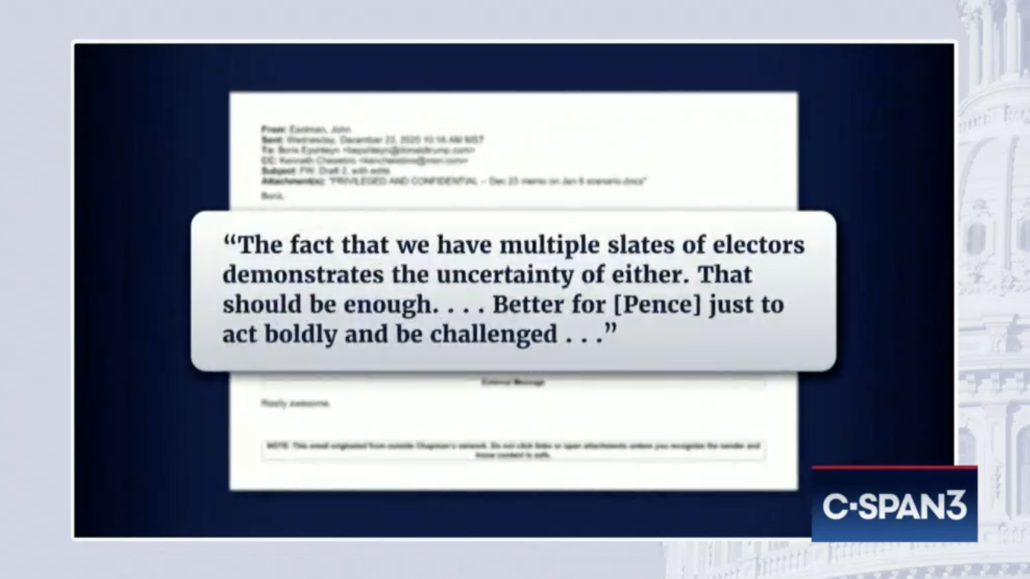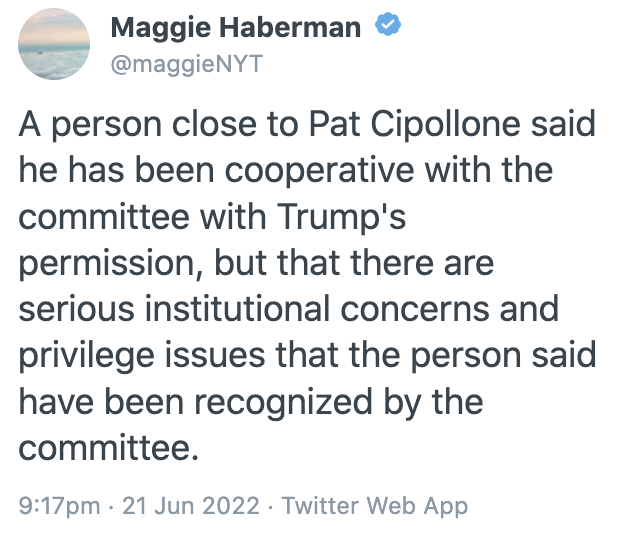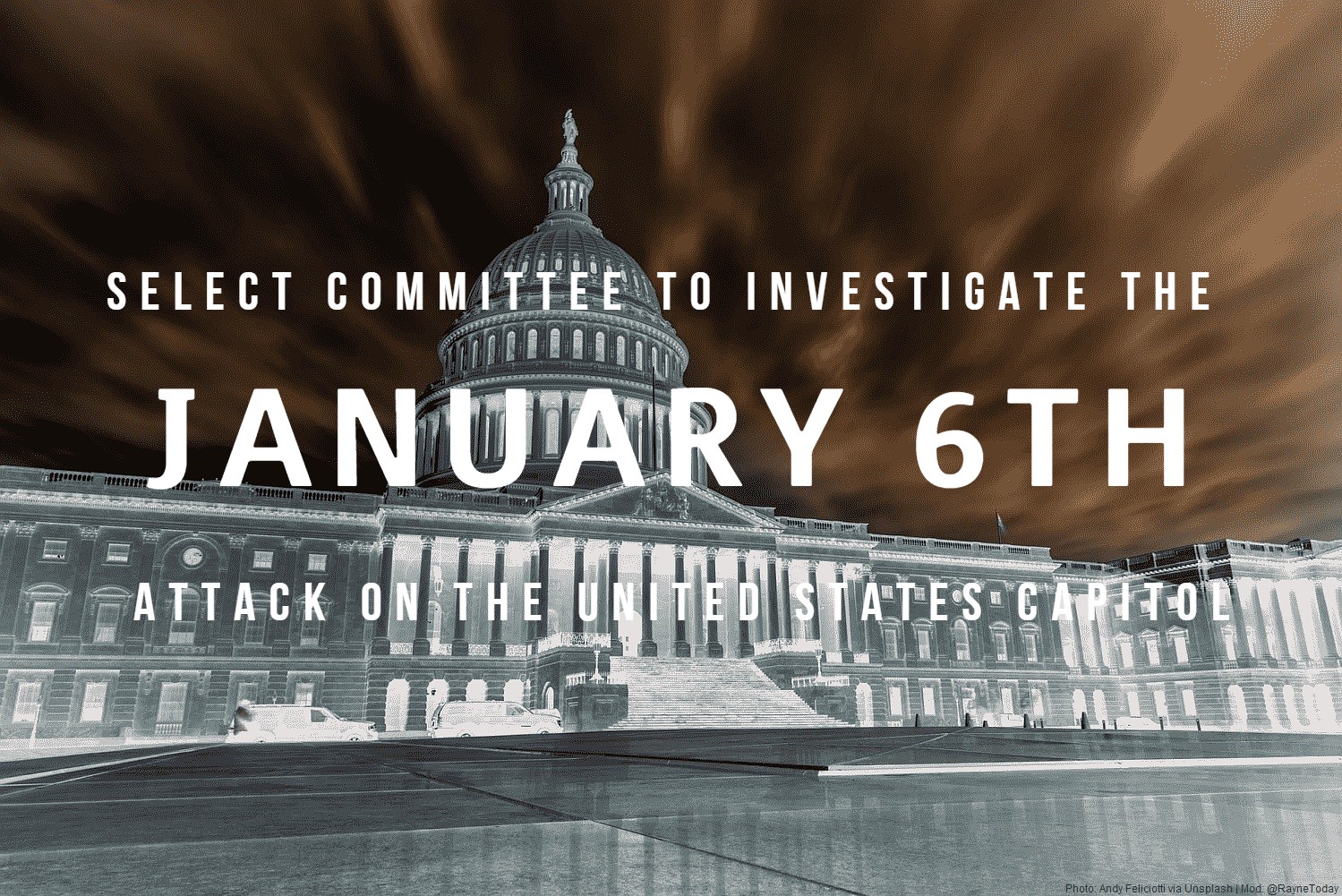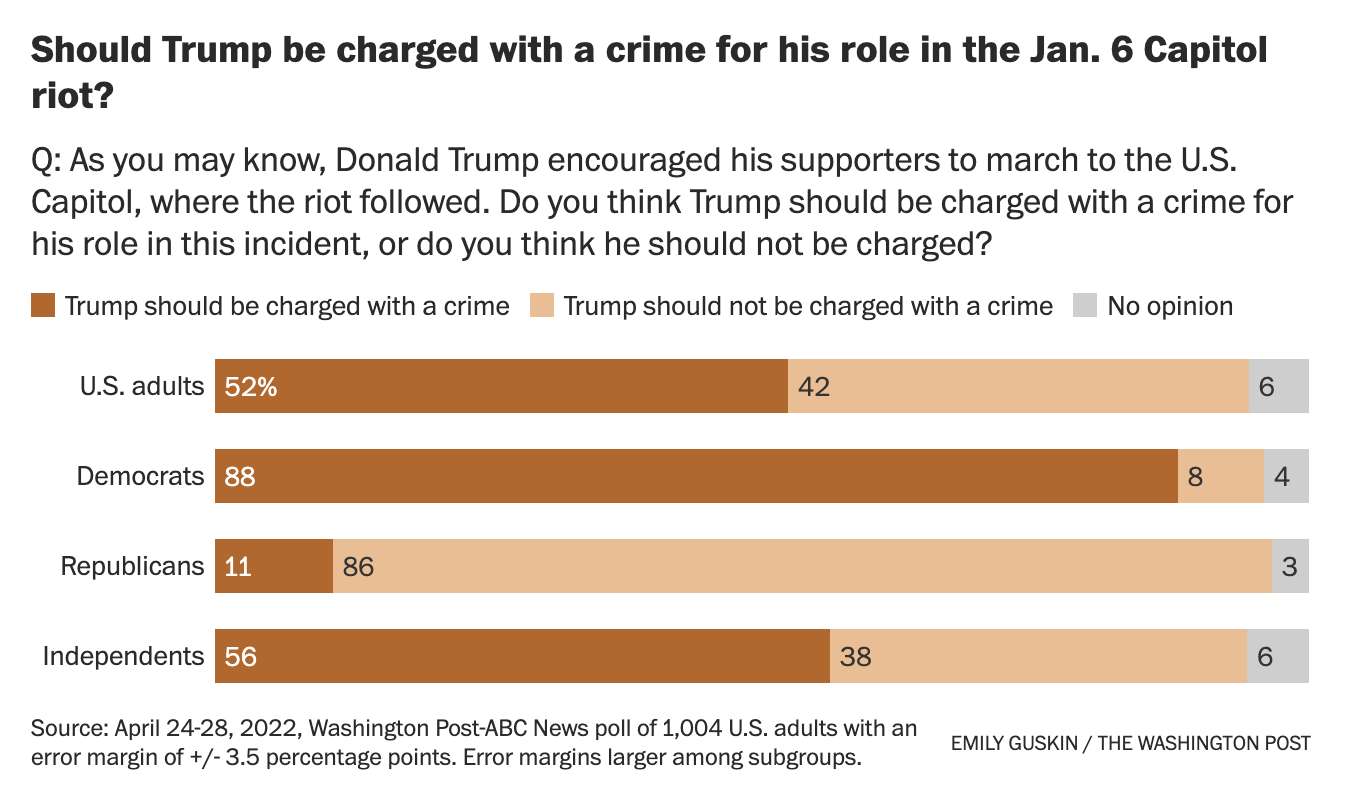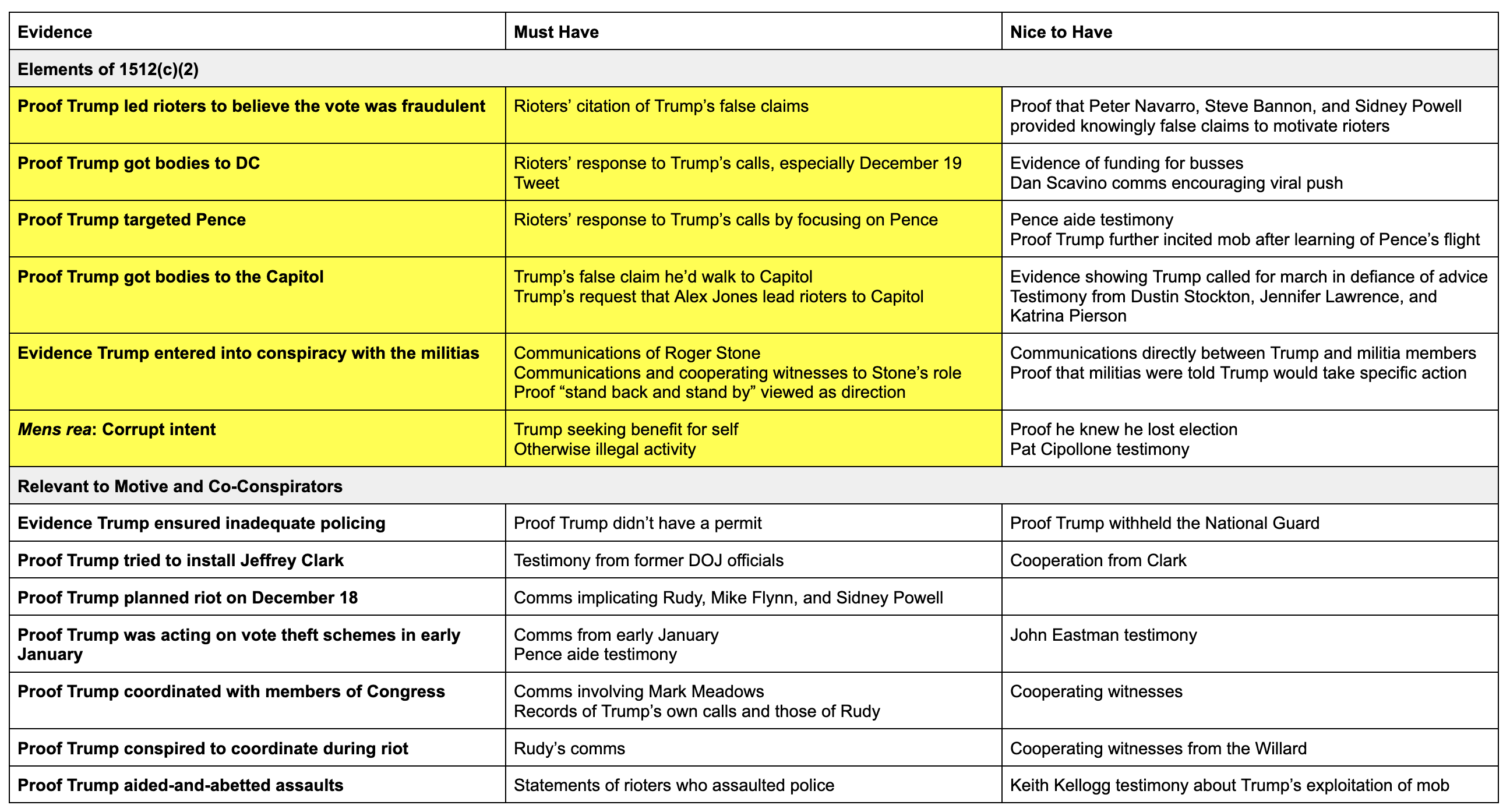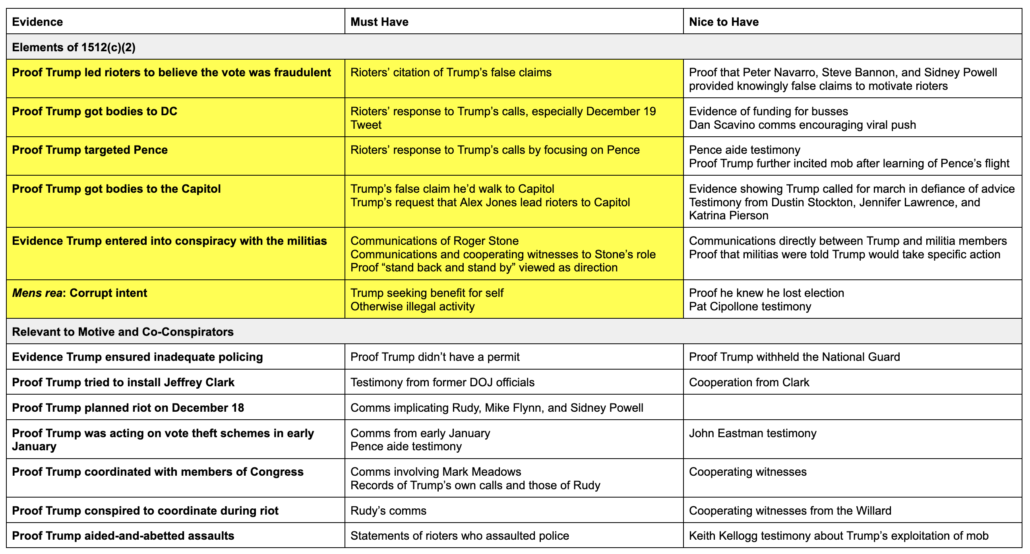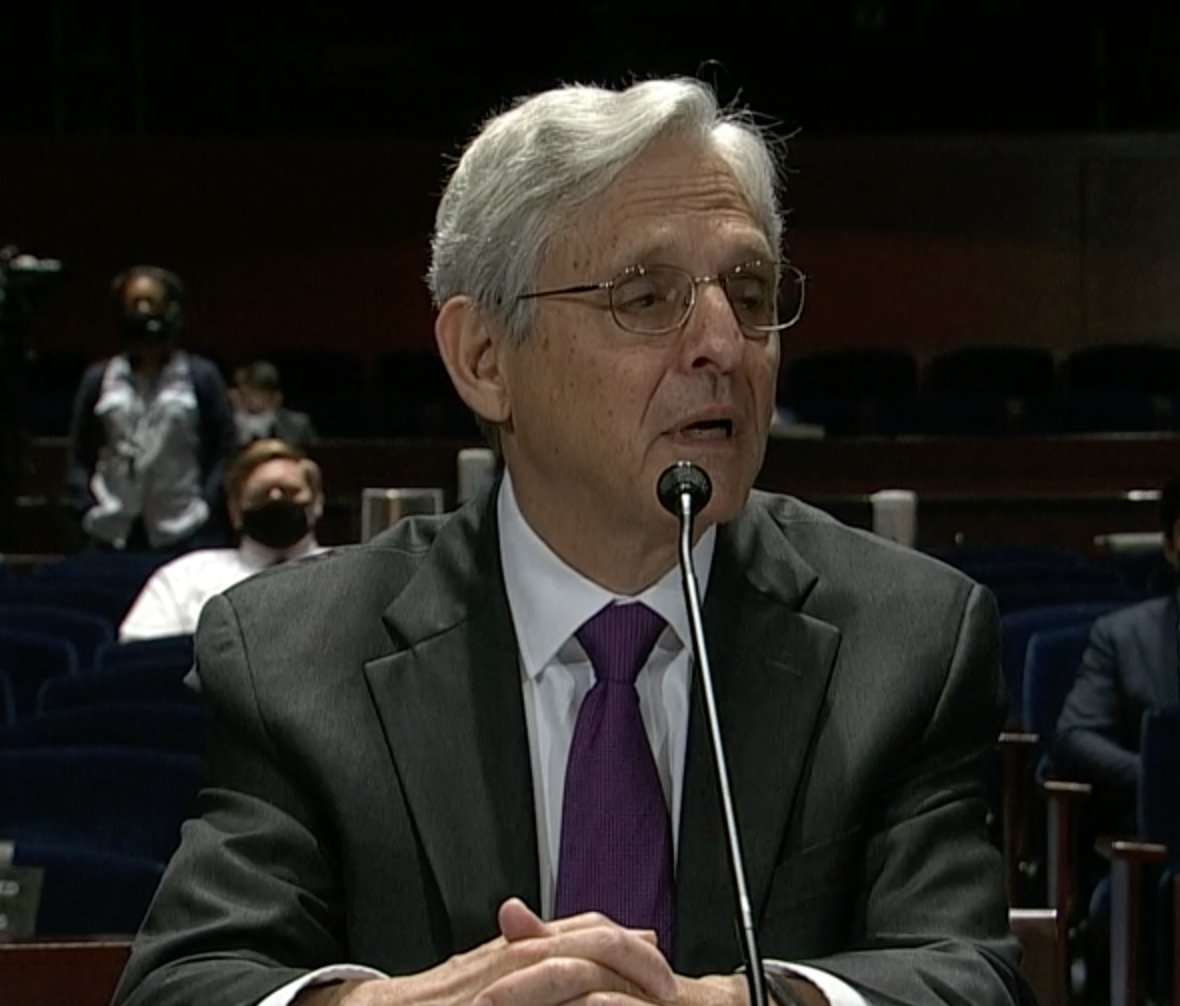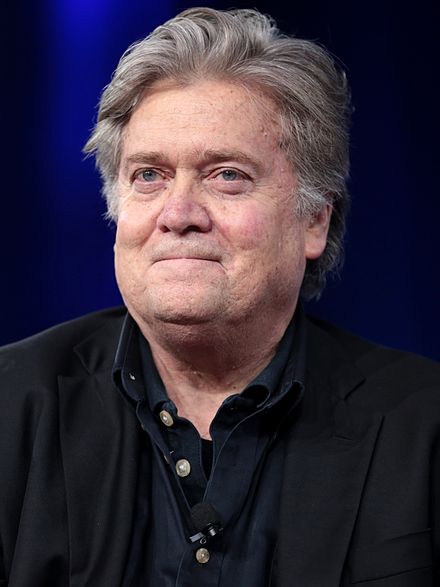Before 8AM on the morning of the insurrection, the Proud Boys had this discussion on their organizing Telegram thread.
UCC-1: I want to see thousands of normies burn that city to ash today
Person-2: Would be epic
UCC-1: The state is the enemy of the people
Person-2: We are the people
UCC-1: Fuck yea
Person-3: God let it happen . . . I will settle with seeing them smash some pigs to dust
Person-2: Fuck these commie traitors
Person-3 It’s going to happen. These normiecons have no adrenaline control . . . They are like a pack of wild dogs
UCC-1 has been reported to be Aaron Whallon-Wolkind, who cheered on the insurrection from Philadelphia and interacted with Zach Rehl and other Philly Proud Boys throughout the day. Persons 2 and 3 have not yet been publicly identified.
This discussion and others reveal a key part of the Proud Boy plan for January 6: to incite others — “normies” — to commit violence. And while a number of Proud Boys or close associates engaged in what I’ve called “tactical” violence that day, the vast majority of (and the worst) violence was done by others, mostly by people with either no known or just networking ties to militia groups (such as through anti-mask activism). The Proud Boys weren’t the only militia-linked people attempting to encourage others to engage in violence; it’s a key part of the anti-mask/3% conspiracy, for example. But a stated goal of at least some of the militia members who implemented the assault on the Capitol was to stoke others to engage in violence.
This detail is critical to understanding what DOJ has accomplished so far and where they might be headed. Many of those screeching that DOJ is not doing enough to investigate January 6 — like Elie Honig complaining that DOJ has arrested 700 indistinguishable “rioters” or Hussein Ibish claiming that “many foot soldiers” have “received mainly light prison sentences” but no “planners … have been held to account in any meaningful way” — seem not to understand it.
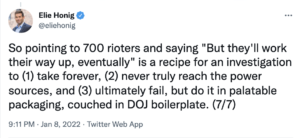
So I’d like to talk about what we know about the structure of the attack on the Capitol and how it related to things Trump and his minions were doing. Before I attempt to do that, let me rebut a straw man Honig and others have used in an attempt to ignore the facts I present. I share their alarm about the urgent need to respond to January 6 and Trump’s unlawfulness. I am not guaranteeing that Trump will be held accountable.
Where we differ is that I have read the public record on the investigation (and on other investigations that Honig, at least, has denied exist, like the investigation into Sidney Powell’s grifting).
It is not the case that all 700 people who have been arrested were mere “rioters,” — and calling some of these people rioters adopts the preferred label of those championing the coup. And unless you consider mere rioters “foot soldiers,” then very few witting foot soldiers have yet been sentenced. While it is true that no planners have been sentenced, it is also the case that DOJ has arrested some key ones, a small number of whom have been jailed since their arrest, and a great deal of DOJ’s overt investigative focus lies in arresting those who can illuminate how the organizers worked and how they coordinated with others.
Before I lay this out, keep in mind the three main theories of liability for Trump for January 6 (as opposed to his call to Brad Raffensperger, though as I’ve noted, the call to Raffensperger goes a long way to showing Trump’s corrupt mens rea on January 6). At first, people argued that Trump incited the mob. There were problems with that claim, which Trump’s defense lawyers successfully exploited during his second impeachment trial, most notably that the Proud Boys had already kicked off the assault on the Capitol before the former President finished speaking. Still, to prove he incited a riot, you’d need to prove that the people who rioted did so in response to his speech at the Ellipse. Then, after Liz Cheney raised it, TV lawyers discovered what I’ve been pointing out for months. Trump’s actions (and inaction) fit squarely within the application of obstruction of the vote count that DOJ applied from the start. Finally, last week, Congress watchers discovered that Trump might actually have entered a conspiracy to obstruct the vote count, “involv[ing] coordination between the ‘political elements’ of the White House plan communicated to Republican lawmakers and extremist groups that stormed the Capitol” — again, consistent with what I’ve laid out for months. That, though, would require mapping out how the various parties entered into agreements and how they communicated and coordinated (with conspiracy members as well as Congress and the mobsters). That’s why I keep pointing to the structure of the existing conspiracy charges: because what Trump did exactly mirrors the overt acts already charged, from getting bodies to DC, ensuring they get to the Capitol, and encouraging means to overtake it.
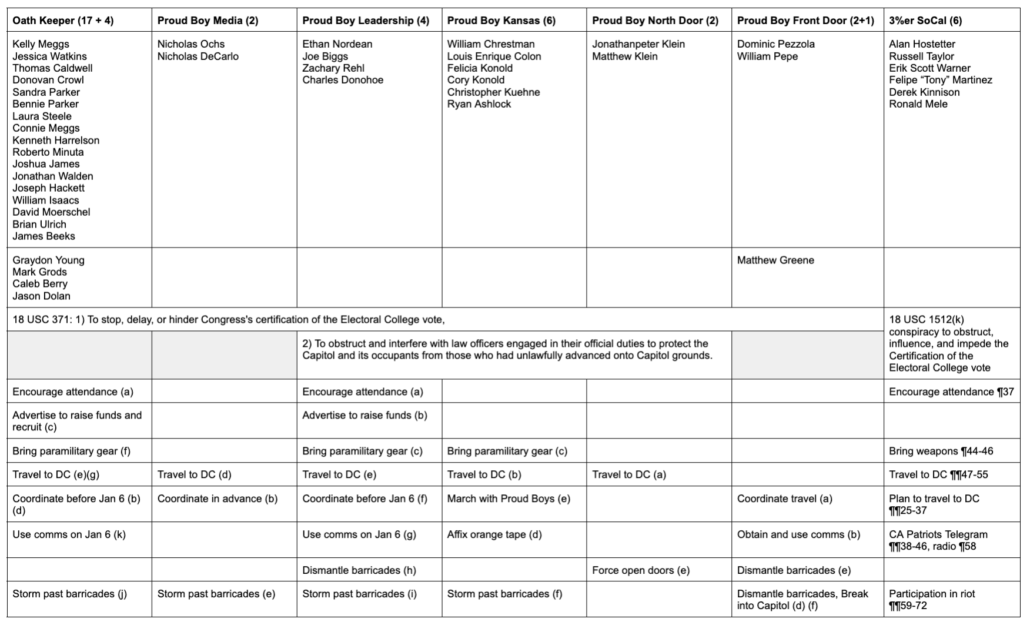
It’s all one networked conspiracy. Indeed, the judge presiding over the Oath Keeper conspiracy case, Amit Mehta, observed in the Trump lawsuit hearing the other day that there was evidence that militia conspired with the Proud Boys.
Which, if DOJ could ever prove that those Trump entered into an agreement with, like Alex Jones, also entered into an agreement with Alex Jones’ former employee Joe Biggs, it would network Trump right into the conspiracies that rolled out at the Capitol, potentially putting him on the hook for the things those at the Capitol did, including damaging the building (which brings the terrorism enhancement), potentially some tactical assaults, and (if it gets charged), possibly even Kelly Meggs’ effort to hunt down Nancy Pelosi.
That may not be your preferred model of to hold Trump accountable, but I’m fairly certain that’s how DOJ would do so, in addition to whatever liability for him arises out of investigations into people like Sidney Powell or Rudy Giuliani.
What the evidence thus far shows is that Trump brought huge numbers of people to DC and convinced them that, to defend their country, they needed to march to the Capitol and pressure Congress, via one of a number of means, to not certify the election. Alex Jones and Ali Alexander then delivered these bodies to the Capitol, and once there, to a second breach on the East side. The Proud Boys, seemingly anticipating that this influx of “normies,” kicked off and carefully focused the riot just in time to create a real threat to Congress (and Mike Pence) just as they started to certify the vote count. (This Sedition Hunter timeline makes a compelling argument, one consistent with Proud Boy Matthew Greene’s statement of offense, that the Proud Boys paused their assault to wait for the mobs Alex Jones was bringing.)
The plan required six types of participants to make it work:
- People (Trump, Rudy, and Mo Brooks) to rile up large numbers of normies
- Someone (Alex Jones) to guide the normies to the Capitol, probably while communicating with the Proud Boys as they kicked off the riot
- People at the Capitol (Proud Boys and associates) to tactically deploy the normies as a weapon, both to occupy the Capitol and to create a very real risk to the members of Congress
- Members of Congress (Paul Gosar and others) willing to create conflict that could be exploited in any of a number of ways
- Masses and masses of people who, starting even before the election, had been led to believe false claims that their country was under threat; those masses did two things:
- Enter the Capitol, with a varied level of vocal enthusiasm for the mayhem occurring, and make it far more difficult for cops to put down the assault
- “Smash some pigs to dust”
Had any of a number of things gone differently — had Ashli Babbitt not been shot and had the amped up Zach Alam chased just behind her through the Speaker’s Lobby door before members of Congress escaped; had Officer Eugene Goodman not done several things to prevent both Mitt Romney and Mike Pence from running into the mob; had counter-protestors come out in large numbers to create the excuse for street skirmishes made lethal by arsenals of weapons stashed nearby; had DOD delayed deployment of the Guard even further, allowing a planned second assault to take place — the coup might well have succeeded.
With that has background, let’s turn to the DOJ investigation thus far. Politico has done the best public accounting of sentences here (though I treat Zoe Tillman’s numbers, along with GWU’s, as canonical). As Politico shows, the vast majority of those who’ve been sentenced — and almost as significant a majority of those who’ve pled guilty so far — are trespassers.
The vast majority of people sentenced so far were MAGA tourists, lured to the Capitol by Trump’s speech and the momentum of the crowd. While a sizable number knew of plans to obstruct the vote certification in advance (and a significant number of people were permitted to plead down from obstruction), a bunch of them really did arrive for the speech and stay for the riot.
One example of that is Anthony Scirica, who followed the crowd to the Capitol and decided to enter the Capitol even though he heard a window breaking and alarms going off.
After listening to the speeches at the rally, SCIRICA, along with a group of individuals, walked to the U.S. Capitol from the West. 10. As SCIRICA approached the Capitol, he saw people on the steps and on the scaffolding outside of the Capitol. SCIRICA saw a large crowd in front of him, and he decided to push his way to the front to see what was happening. He watched as other individuals entered the Capitol. He decided that he want to see it for himself and see what was happening with his own eyes. He heard people yelling and shouting “U.S.A.” chants and “Stop the Steal.” He heard what he believed to be a window breaking. He also heard an alarm going off inside the Capitol. He decided to enter the Capitol any way.
Eliel Rosa went to DC as much for the anti-certification rallies as the Trump speech.
Eliel Rosa and Jenny Cudd traveled from Texas to Washington, D.C. to participate in “Stop the Steal” rallies or protests and to connect with other “Patriots.” Mr. Rosa and Ms. Cudd understood that on January 6, 2021, in Washington, D.C. at the United States Capitol, elected members of the United States House of Representatives and the United States Senate were meeting to certify the vote count of the Electoral College of the 2020 Presidential Election, which had taken place on November 3, 2020.
But even still, he attributed his trespassing to being swept up in “mob rule.”
Rosa blamed himself for his unauthorized entry into the U.S. Capitol and stated that he was caught up in “mob rule” at the time.
Kevin Blakely, who traveled to DC with friends, made new friends while waiting for Trump’s speech to start and then joined in to experience history (a common theme among some defendants).
The defendant and three others stood in the Ellipse for more than four hours before the rally started and met with other attendees. After President Trump’s speech, the defendant joined others as they began to walk toward the U.S. Capitol Building. [Blakely] made a detour and returned to the Hyatt Regency, where he was staying during his visit to Washington, D.C. From his hotel room, the defendant watched the crowd as they gathered outside the Capitol Building nad sometime between 2:00 and 2:30 p.m., [Blakely] decided to “get closer and more fully experience this ‘once in a lifetime’ event.”
Even those who did go to the Capitol from Trump’s speech knew, from communications including Trump’s, that it would be a mob. Here’s what Blakely’s friend Paul Conover, who just recently pled guilty, said he was doing.
Prior to January 6, on or about December 24, 2020, defendant posted a message on social media that states in sum and substance: GOING TO WASHINGTON DC WITH BLAKEY [SIC] TO JOIN THE MOB JAN 5TH CMON JOIN US.
Conover appears to be one of the misdemeanants whose arrest DOJ prioritized because they took videos in key locations. After he busted through the East doors closely behind the Oath Keepers and Joe Biggs, Conover narrated as he took a video panning the Rotunda:
This is it, boys and girls. This is the Capitol. Apparently, there’s some crazy shit going on in the Senate today and the certification. They’ve had enough. Well, uh, here we are! Ha ha ha! I pray to god that nobody does any damage to the stuff in here, ’cause I’m not down with that. But I’m kind of, kind of proud of the people that stood up and said you know what? Enough.
The statement of offense for Stacie Getsinger, who described on Facebook going to the East steps because Alex Jones told a crowd that Trump would speak, offered few details, describing only that she “walked to onto U.S. Capitol grounds and up the stairs of the U.S. Capitol with others, including her husband John Getsinger. Once Getsinger got to the outside of the Rotunda North doors, she observed others engaged with law enforcement who tried to stop individuals from entering the U.S. Capitol building.”
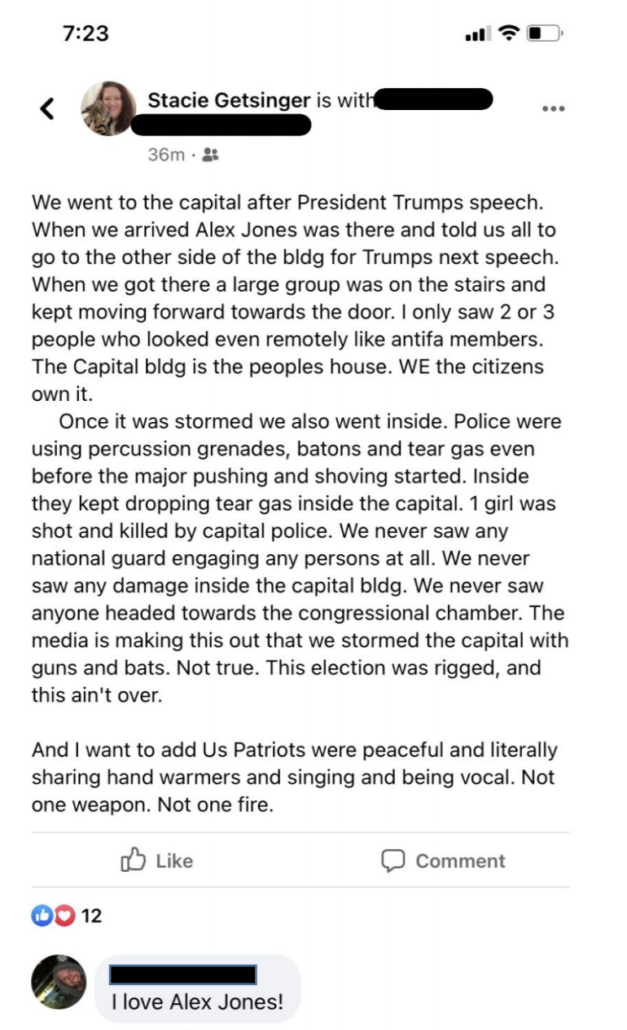
Adam Johnson described how he went from hearing Mo Brooks call for violence to running towards the Capitol.
At the rally, JOHNSON listened to several speeches, including by former President Trump, Rudy Giuliani, and an unknown older member of Congress–the latter whom JOHNSON heard stating that it was time for action and violence. In response to these comments, JOHNSON saw members of the crowd nodding their heads in agreement.
Following these speeches, JOHNSON and. Person 1 began marching to the Capitol with the crowd. While marching, JOHNSON heard someone say “Pence didn’t do it.” JOHNSON also saw police running towards the Capitol and heard members of the crowd shout,”they broke into the Capitol!” JOHNSON and Person 1 started running towards the Capitol as well.
Others who came over from the Ellipse more explicitly discussed intimidating Congress. For example, here’s how Michael Stepakoff (who will be sentenced in coming days) narrated his approach to the Capitol.
So we’re marching up Pennsylvania Avenue to the Capitol building. The Senate and House of Representatives are in session . . . There’s nothing like the presence of at least a million Americans who are fed up and pissed off and are not going to stand for having our vote stolen because it’s the sacred right of our people to be able to vote for our president . . . so a million strong, at least a million standing outside the Capitol, storming the gates, so to speak, is going to make them think twice about what they are going to do today . . . God bless America.
While some people cheered the violence and a few got away with violence DOJ only discovered after their plea, the majority of the almost 200 people who’ve pled guilty so far did not engage in violence. With a few exceptions, below, these people weren’t wittingly part of the more organized plans to storm the Capitol. They were the bodies turned into an orchestrated mob, in part by Trump’s tweets and other social media advertising, and in part by those channeling the mob at the Capitol.
If you want to prove Trump incited the riot, you would need to collect these individual stories to prove it. That’s not the only reason DOJ has prosecuted these people, but it does provide evidence showing how people responded to Trump’s calls after he riled them up.
Some of the movement operatives wandered to the Capitol too
Among those who’ve been permitted to plead to misdemeanors, even some that I’d call “movement operatives,” wandered to the Capitol.
For example, right wing podcaster William Tryon, plausibly described following the crowd to the Capitol after Trump’s speech. Frank Scavo, a local PA politician who arranged busses for 200 people to travel to DC, tied his decision to walk to the Capitol to Pence’s decision to certify the vote; he’s one of the defendants sentenced to a longer sentence than the government requested.
There are a few exceptions. America Firster, Leonard Ridge, unsurprisingly seemed to know there’d be an attempt to shut down the vote count ahead of time, telling a friend, “I think we are going to try to block the session of congress” (he was one of the people permitted to plead down from obstruction to the more serious trespassing charge).
Two cases defy explanation. Micajah Jackson, a Proud Boy who denied a pre-January 6 affiliation and continued to attend Proud Boy events during pretrial release, mentioned nothing about that in his statement of offense. We might find out more about this in February, when Jackson is due to be sentenced.
The statement of offense for Brandon Straka, who is perhaps the senior-most inciter-organizer to plead guilty thus far, describes only that Straka took the metro directly to the Capitol, where he was scheduled to speak: “Knowing that Congress was in session to certify the election results at the U.S. Capitol and that Vice President Pence intended to certify the election, Straka got off the metro on January 6, 2021 sometime between 2 p.m. and 2:20 p.m.”
It’s not clear how these men were given misdemeanor pleas, when they were clearly part of an organized attempt to prevent the transfer of power. There’s no sign either man cooperated before entering their pleas, though Straka’s sentencing has been held up because, “the defendant provided counsel for the government with information that may impact the government’s sentencing recommendation.” If the current schedule holds, Straka’s sentencing memos will come in tomorrow and he’ll be sentenced next week.
That said, movement operatives like Jackson and Straka are, thus far, the minority among those moving towards sentencing. Most were part of a self-described mob.
About half the felony pleas charged people who wandered to the Capitol
Even two of the three people who’ve pled guilty to assault thus far showed up without any pre-conceived plan to attack the Capitol. Devlyn Thompson, in an unsuccessful bid to use his autism diagnosis to get lenient treatment, described that he went to the Capitol because believed Trump would give another speech, a lie that motivated a good number of mobsters.
When I was leaving, my intention was to listen to another speech at the capitol. I had gotten text messages. I got a text that there was a planned speech. There was supposed to be two speeches at the capitol. One from an Arizona legislator and one from Women for Trump. I thought Alex Jones would be there and Trump.
After getting riled up by clashes between cops and rioters in the earlier part of the assault, Thompson joined in the Tunnel assault, eventually using a baton to hit one of the officers trying to help John Anderson respond to respiratory distress.
Robert Palmer similarly described being lured to the Capitol by a false belief in Trump’s claims.
In Mr. Palmer’s warped mind, on the day in question, he was acting as a patriot and for the good of the nation. While his intent was misplaced and his actions inexcusable, he sincerely believed that he was acting as a patriot on the day in question. Unfortunately, that mindset, coupled with the crowd mob effect, saw an otherwise law-abiding and successful father and business owner assault Capitol police.
Palmer was at the Capitol for hours, cheering the violence, before he got sucked in and participated in it by throwing a series of things at cops.
Just Scott Fairlamb, who was sentenced for punching a cop, clearly knew shit was going to go down in advance. He RTed a Steve Bannon prediction that “All hell is going to break loose tomorrow,” and asked, “How far are you willing to go to defend our Constitution?” Those statements are one of the reasons why Fairlamb, uniquely thus far, pled to both obstruction and assault and, if not for some mitigating circumstances that came out at sentencing, might have faced a terrorism enhancement.
There are two straight obstruction defendants sentenced so far, Paul Hodgkins and Jacob Chansley. Like many of the trespassers, Hodgkins simply followed the crowd after Trump’s speech (he was charged with a felony because he made it to the Senate floor).
Just Chansley, then, turned a central role in the right wing movement — importantly, as a celebrity in QAnon — into a key role obstructing the vote count and threatening Pence. There’s far more to say about the success QAnon had in mobilizing bodies to where they could be the most useful (and the Podcast Finding Q revealed that FBI was investigating that in the weeks after the attack). But the operational model by which people like Chansley got to the Senate floor is different than for other MAGA tourists who were turned onsite.
There are more known cooperators than straight felony pleas
To a great degree, this entire exercise is misleading, which is why pat comments from people trying to dismiss the investigation are so misleading. There are a number of reasons the stats skew where they are now: Obviously, people will plead to a misdemeanor more quickly than a felony. Virtually all of those charged with obstruction have been waiting for judges to rule on challenges to that application, and as those people move towards pleading out (as they have started to do), it still will take some weeks to finalize pleas. One reason for that hold-up: DOJ is only now making the final bits of global discovery available, without which many attorneys, for due diligence reasons, will not advise taking a plea.
A more important reason claims about who has been sentenced are misleading is that there have been more felony cooperators than straight felony pleas thus far. With two people convicted for making threats, there have been seven people who pled to a felony sentenced. There are nine overt cooperators (and presumably more we don’t know about). And while two cooperators — Josiah Colt and Gina Bisignano — are cooperating against their own limited network of more serious defendants, cooperation deals like Colt’s structured under 18 USC 371 networks into any larger conspiracy, potentially putting conspirators on the hook for the assaults of his co-conspirators. The other cooperating witnesses, though, have provided information about how the planners who’ve been in custody for most of a year — Kelly Meggs and Kenneth Harrelson for the Oath Keepers, Joe Biggs and Ethan Nordean for the Proud Boys — and those who have not yet been arrested orchestrated the attack.
This was a fairly flat conspiracy, with Proud Boys on the scene implementing orders from Proud Boy leaders who are, themselves, just one degree from Donald Trump through people like Alex Jones and Roger Stone. In addition to the 17 plus four Oath Keepers charged in a conspiracy, there are several more Oath Keepers being prosecuted. In addition to the 16 Proud Boys plus one cooperator charged with conspiracy, there are a slew more arrested individually and in co-traveler groups (some of whom are at risk of being added to conspiracy charges once they’re formally charged) who can offer information about the funding for all this, what Proud Boy leaders were saying during the riot, and some key tactical organization. Some of the 3%ers charged so far networked with key right wing funders, January 5 speakers, and even Ted Cruz.
So yes, 700 people have been arrested so far, and half of those are normies whose non-violent presence was operationalized in a well-planned assault on the Capitol. Many of the 150 assault defendants were “normiecons [who] have no adrenaline control.” But 200 of the arrestees are accused of more witting participation in a plan to prevent the peaceful transfer of power and of those 100 have networked insight into how that worked. Those people haven’t been sentenced yet because discovery and legal challenges have delayed most from accepting plea offers.
The most chilling passage in any statement of offense, in my opinion, is Matthew Greene’s description of realizing — from his service in Afghanistan — the moment the mob turned into an insurrection.
Greene noticed that during and following the chanting, the mood in the crowd changed, and it reminded him of his time in Afghanistan while stationed there with the U.S. Army, when protests changed from peaceful to violent.
In the days and weeks after he recognized Americans turning insurgent in their own country, Greene returned home and started assembling a (seemingly illegal) arsenal and preparing for war.
He told another acquaintance in the days following the riot to be prepared to do uncomfortable things. He ordered over 2,000 rounds of assault-rifle ammunition and a gas mask. And he engaged in conversations with other Proud Boys on encrypted messaging platforms in which he stated a continuing desire to “take back our country” – in Greene’s own words, written in chat platforms post-January 6, “this is a 4th generation” war, and “we must stand together now or end up in the gulag separately.”
The effort to spark an insurrection at the Capitol was not one implemented by “foot solders,” but some highly trained veterans who were onsite, including an alarming number of Marines in most key tactical locations. And the network of people who stoked the normies to serve as useful bodies to this effort ties, via just one or two steps, right to Trump.
That’s the conspiracy DOJ has been investigating for a year.
Update: Took out detail that Straka was not at Ellipse. The key detail is he claims he took the Metro, didn’t walk.

